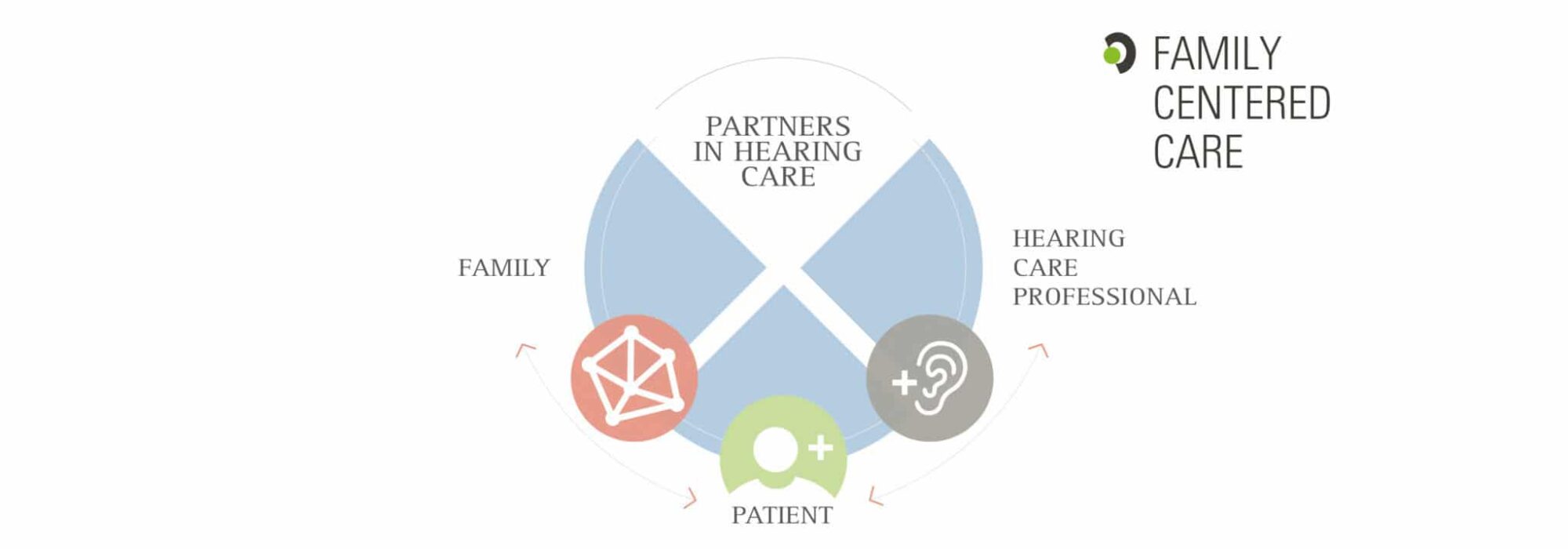Imagine browsing a maze where the walls change all of a sudden-- this is usually how individuals with dyslexia experience proficiency. You're likely aware that efficient therapies can help develop clearer pathways, but with so many alternatives offered, it can be hard to understand which ones really make a distinction. From organized literacy programs to innovative assistive innovation, each method offers distinct benefits. So, what's the very best method to take? Allow's discover the top 5 therapies that can transform the discovering experience for those dealing with dyslexia.
Structured Literacy Programs
Structured literacy programs are crucial for successfully instructing individuals with dyslexia. These programs focus on the organized and explicit direction of reading, composing, and punctuation. They utilize a step-by-step approach that stresses phonics, which implies you'll find out to decipher words based on their sounds. When you engage in structured proficiency, you'll discover that it develops your abilities gradually, guaranteeing you grasp each part prior to relocating to the following.
You'll likewise take advantage of the clear, direct teaching methods these programs employ. This suggests less guesswork and even more self-confidence as you learn. Structured proficiency is created to provide especially to the needs of pupils with dyslexia, addressing their distinct challenges. You'll often see consistent routines that assist enhance understanding and retention.
Additionally, organized proficiency programs sustain understanding by teaching you just how to evaluate message and comprehend its meaning. This technique not just enhances your analysis abilities yet additionally fosters a love for reading.
Multi-Sensory Learning Techniques
While typical analysis techniques usually concentrate only on visual or auditory understanding, multi-sensory discovering techniques involve several senses to boost understanding and retention for people with dyslexia. These techniques assist you link new information with existing knowledge, making learning more efficient.
One efficient strategy is making use of tactile products, like distinctive letters or sandpaper shapes. When you map these letters while saying the sounds they make, you trigger touch, sight, and sound all at once. This can enhance your memory and enhance recall.
Integrating activity right into understanding can also be advantageous. For example, you might use gestures or body language to represent words or concepts, making the info extra memorable. Engaging in activities like creating words in the air can additionally strengthen your understanding.
Furthermore, utilizing visual aids, such as color-coded charts or layouts, can assist you arrange information more effectively. Integrating these sensory experiences creates an abundant learning environment, making it much easier to understand intricate concepts.
Ultimately, multi-sensory knowing techniques encourage you to find out in a way that fits your unique demands, cultivating self-confidence and success in reading and writing.
Assistive Innovation Tools
Assistive modern technology tools play a critical duty in supporting individuals with dyslexia by making reading and writing jobs much more accessible. These devices can dramatically enhance your understanding experience and enhance your confidence.
One prominent alternative is text-to-speech software program, which checks out text aloud, aiding you much better comprehend composed product. This feature is specifically useful for prolonged records or books.
One more reliable tool is speech-to-text software. By allowing you to talk your ideas instead of typing them, it reduces the obstacles you might face with punctuation and composing fluency.
Additionally, word forecast software can help you by suggesting words as you kind, making it less complicated to express your ideas without obtaining stuck.
E-readers and electronic platforms frequently come with customizable settings that let you readjust font dimension, history shade, and spacing, helping reduce visual anxiety.
Finally, apps made to strengthen phonological understanding and analysis abilities can use interesting method in an enjoyable format.
Speech and Language Therapy
Along with assistive technology, speech and language treatment can be an important resource for people with dyslexia. This therapy focuses on improving your interaction skills, which can substantially impact your analysis and creating capabilities. A certified speech-language pathologist will certainly evaluate your certain demands and establish a tailored plan to address them.
During therapy sessions, you'll participate in exercises that target phonemic recognition, vocabulary structure, and language comprehension. By boosting these foundational skills, you'll locate it easier to decipher words and understand messages. https://manuelrvxbd.dsiblogger.com/65692533/simply-imagine-your-kid-s-reading-battles-changing-right-into-strengths-with-the-help-of-a-dyslexia-therapist-uncover-how-their-competence-can-unlock-potential may additionally provide strategies to aid you self-monitor your analysis and writing, allowing you to come to be a lot more independent in your knowing.
Moreover, speech and language therapy isn't nearly analysis; it additionally helps you reveal your ideas extra plainly. This can increase your self-confidence in class conversations and social interactions.
Parental Involvement Approaches
Parental participation plays a critical function in supporting kids with dyslexia, as parents can straight influence their youngster's discovering trip. By actively engaging in your kid's education, you can help them overcome difficulties and develop self-confidence.
Here are some efficient strategies you can make use of:
1. ** Create an encouraging home atmosphere **: Designate a quiet, well-lit space for reading and homework. See to it your child feels comfy and urged to ask questions.
2. ** Encourage normal analysis **: Read together daily, selecting publications that match their rate of interests and reviewing degree. https://childmind.org/article/brian-grazer-on-growing-up-with-dyslexia/ enhances their skills and cultivates a love for literary works.
3. ** Interact with educators **: Preserve open lines of communication with your youngster's teachers. Routinely discuss your youngster's progression and any kind of worries. Collaboration can cause a lot more tailored support.
4. ** Celebrate achievements **: Identify and commemorate your kid's successes, no matter how little. Positive reinforcement boosts their motivation and self-confidence, making them extra anxious to find out.
Verdict
To conclude, dealing with dyslexia resembles piecing together a challenge-- each treatment fits distinctly to create a full image of success. By accepting structured literacy programs, multi-sensory strategies, assistive innovation, speech treatment, and parental participation, you can substantially boost reading and writing skills. Bear in mind, every individual's journey is different, so do not hesitate to integrate these techniques to discover what jobs best for you or your kid. With patience and assistance, progression is not just feasible; it's possible.
